Year-Round Tips for Healthy Ponds
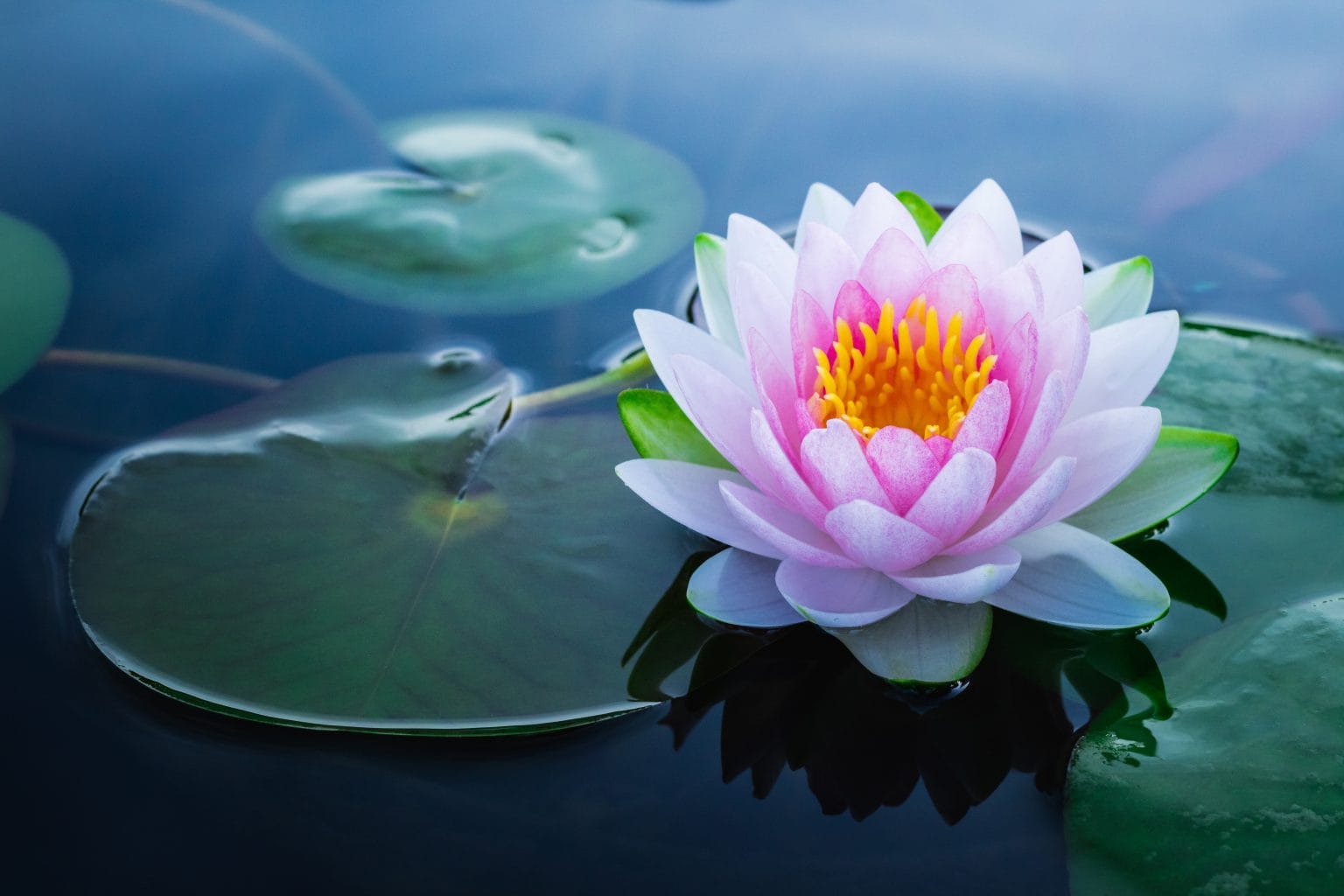


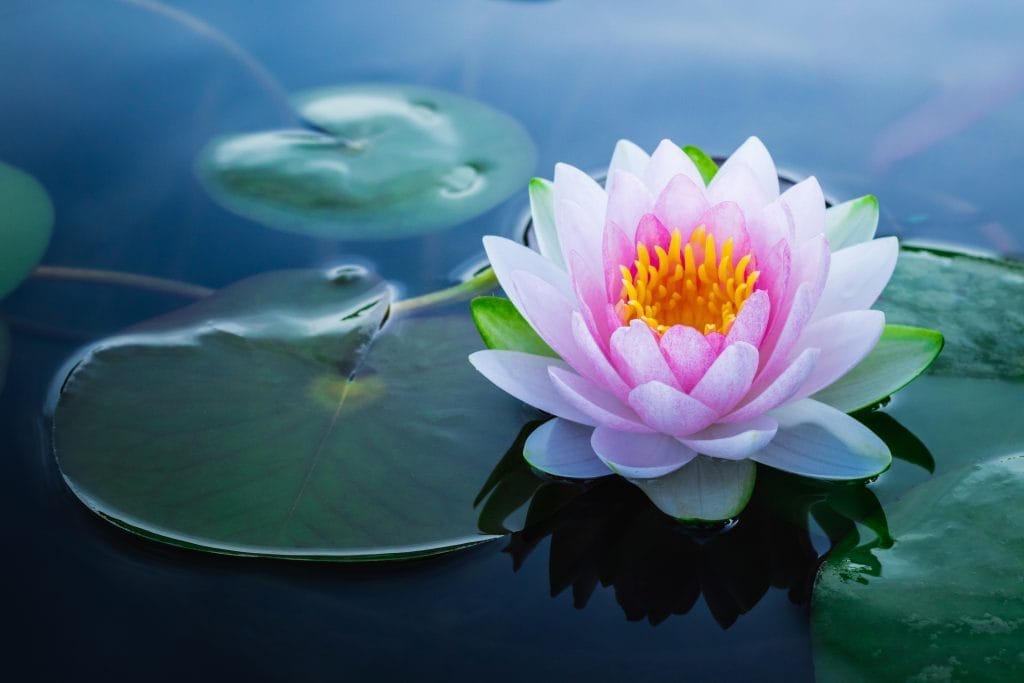
Year-Round Tips for Healthy Ponds
Struggling to keep your pond healthy throughout the year? This guide offers practical, season-specific tips for maintaining water quality, managing plants, and ensuring your pond equipment runs smoothly. Follow these year-round tips for healthy ponds and keep your aquatic haven thriving in every season.
Key Takeaways
Consistent water quality monitoring and regular maintenance of pond equipment are essential year-round to ensure a healthy pond ecosystem.
Seasonal care practices, such as spring cleaning, summer algae management, autumn preparation, and winter protection, are crucial for maintaining pond health throughout the year.
Pond plants and fish require specific seasonal care and management to thrive, including adjusting feeding habits and controlling plant growth to prevent nutrient buildup and maintain balance.
Spring Pond Care: Starting the Year Right
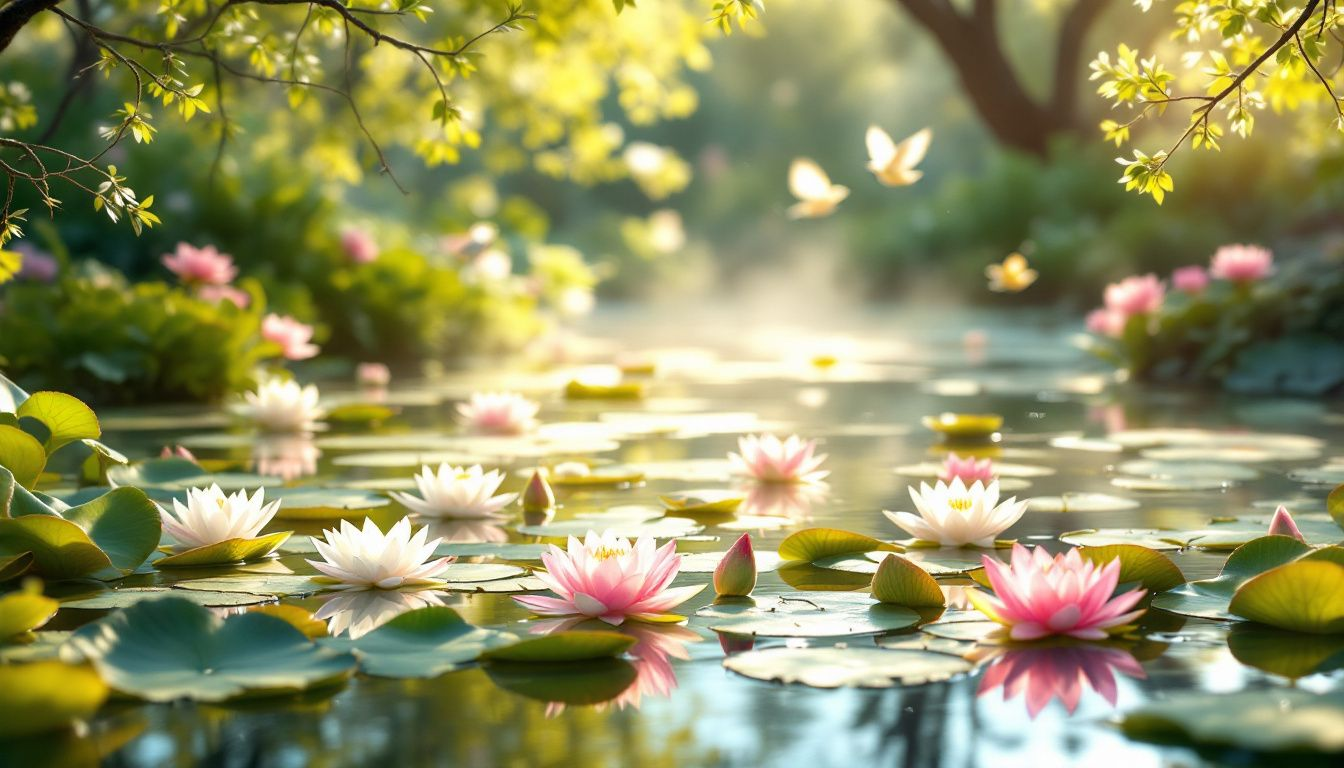
As spring arrives, it’s time to shake off the winter blues and breathe new life into your pond. Spring pond care is vital for setting the stage for a healthy pond throughout the year. The first step is a thorough spring cleaning. Remove netting, sludge, dead plant material, and winter debris to prevent nutrient surges and unwanted algae blooms. This helps maintain the pond’s water quality and keeps your pond looking pristine.
Once the pond is clean, inspect your pond equipment. Pumps, filters, and UV clarifiers should be checked to ensure they are operating smoothly and supporting the pond’s ecosystem. A properly functioning filtration system is essential for keeping the water clear and oxygenated. This is also the perfect time to gradually reintroduce beneficial bacteria, which can help balance the ecosystem as water temperatures and light levels change.
In spring, test water quality by checking parameters like pH, ammonia, nitrite, and nitrate levels to prepare for the growing season. Balanced water chemistry supports a healthy pond ecosystem and prevents future problems.
Consider placing decaying plant material on the side of the pond. This encourages creatures to return, promoting the pond’s health by supporting beneficial wildlife.
Summer Pond Tips: Managing Heat and Growth
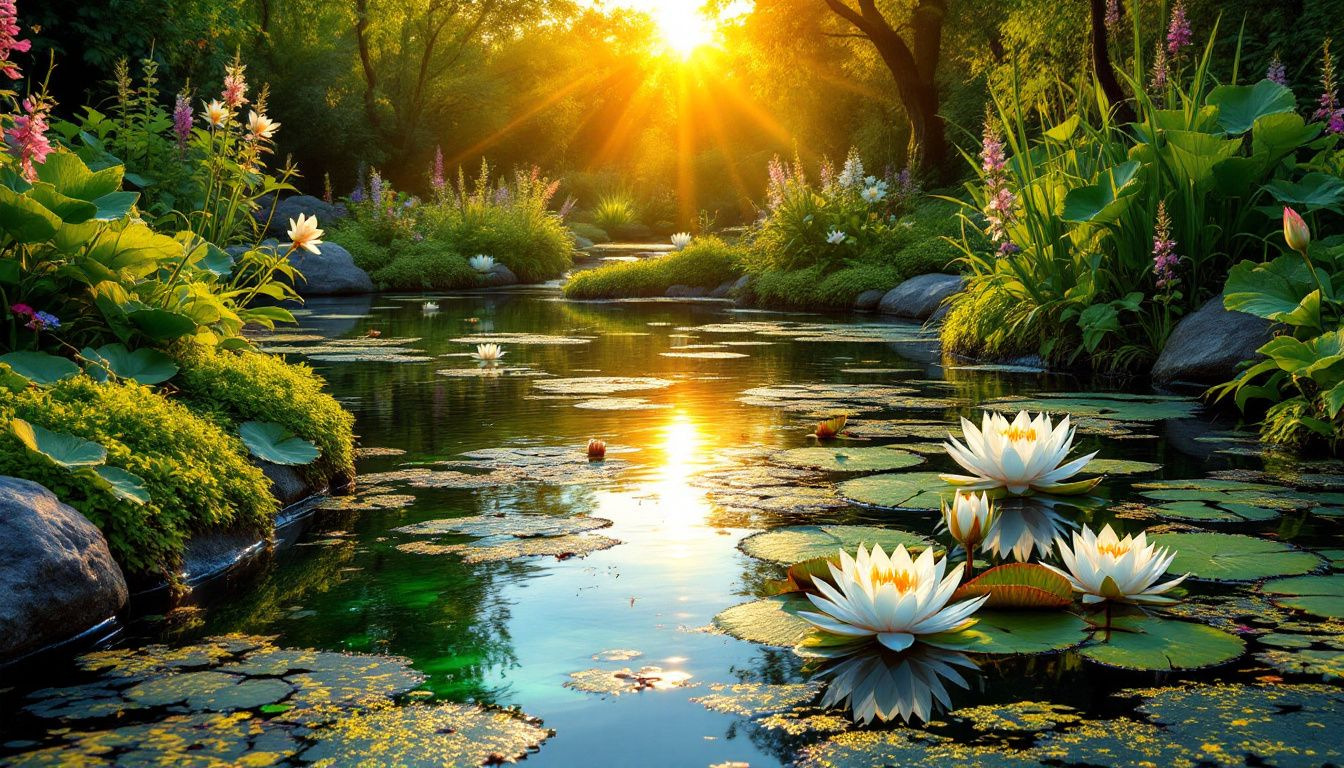
Summer brings warmth and rapid growth, which can be both a blessing and a challenge for pond owners. A primary concern during hot weather is maintaining water levels in the garden pond. If the pond water level drops significantly, top it up with rainwater or dechlorinated water, avoiding tap water to prevent chlorine damage.
Algae growth management is crucial during summer. Algae blooms can occur from inadequate nutrient management, leading to unsightly and potentially harmful conditions. Use a stick or net to regularly remove floating weeds and 265, keeping your pond clear. Proper oxygenation is also key. Running a bubble fountain or installing an aerator can help maintain healthy oxygen levels and discourage blue-green algae.
Summer is also the time to monitor fish closely. Warm water holds a lower concentration of oxygen. This poses a danger to fish. Regularly check water temperatures as higher temperatures can decrease dissolved oxygen levels. Additionally, cutting back vigorous plant growth can help maintain about half of the pond’s surface clear, aiding filtration and improving oxygen levels.
Lastly, maintaining the filtration system during summer is essential, as filters can clog more quickly due to increased activity. Keeping the system clean will ensure your pond remains a healthy and thriving environment.
Autumn Pond Preparation: Getting Ready for Winter
As temperatures drop and leaves begin to fall, autumn is the time to prepare your pond for the cold winter months. The main goal of autumn pond care is to ensure everything is in place to protect the pond during winter. Begin by using a pond net to catch leaves and debris before they fall into the water. This preventive measure will make spring cleaning much easier.
To maintain a healthy pond ecosystem, follow these steps:
Remove dead foliage towards the end of autumn.
Eliminate any floating debris during this time.
Remove decaying plant material to prevent harmful gases from affecting water quality.
Prune back overhanging branches to allow light to reach the pond, promoting the health of submerged plants.
In autumn, adjusting fish feeding habits is crucial. Gradually decrease feeding and switch to winter-specific feed as water temperatures drop. Stop feeding when temperatures fall below 10°C (50°F) to prevent uneaten food decomposing and harming fish health.
Winter Pond Maintenance: Protecting Your Pond in Cold Weather
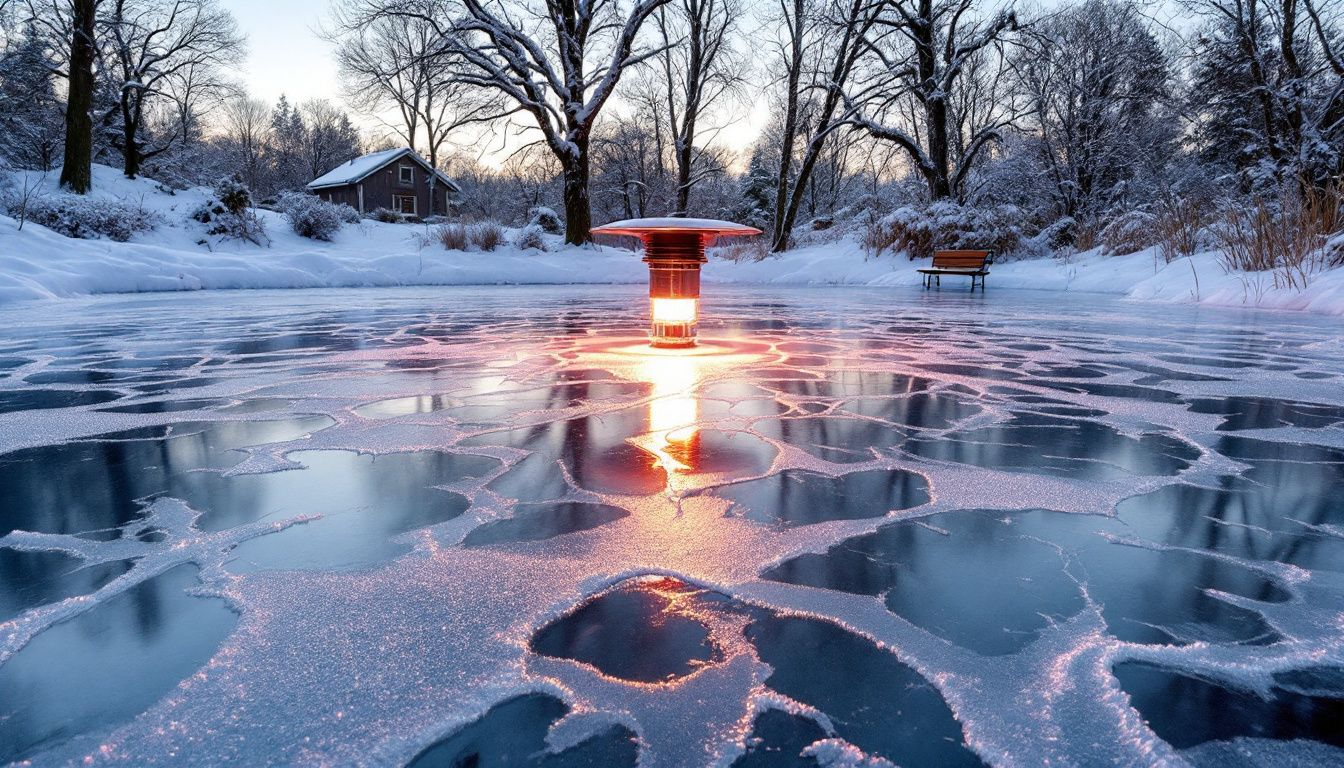
Winter pond care focuses on protecting your pond from freezing temperatures and maintaining a healthy ecosystem. Ensuring the pond water is well-oxygenated is crucial, especially if the pond surface freezes, as this can trap harmful gases and prevent oxygen exchange. A pond heater or de-icer can keep the pond ice-free, maintaining necessary gaseous exchange for fish health.
Perform regular checks on pond equipment during winter. Inspect pumps and filters to ensure they are functioning correctly. If you use equipment that is not freeze-resistant, clean and store it until spring. Additionally, check for leaks, as reduced water levels can indicate an issue.
Pond netting or covers can keep out leaves and debris in winter, simplifying spring cleaning. This consistent and thoughtful care is important for pond health during the winter months.
Maintaining Water Quality Year-Round
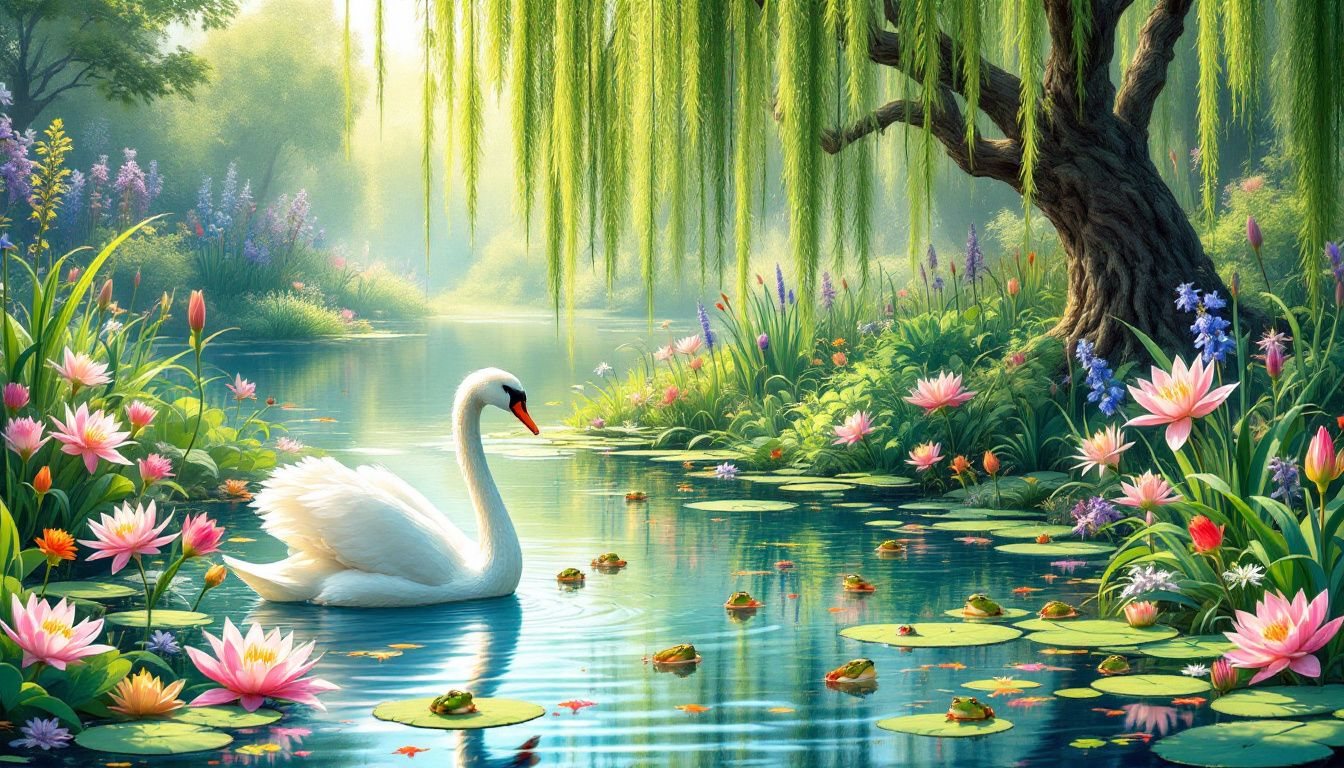
Water quality maintenance is a year-round task supporting overall pond health. Regularly test water chemistry to ensure a healthy pond ecosystem and monitor pond’s water quality. Test pH, ammonia, and nitrate levels at least every two weeks to ensure balanced water chemistry.
Introduce beneficial bacteria treatments in the spring to reduce harmful algae growth. This helps maintain pond health by competing with algae for nutrients. Remove dead or decaying plant material regularly to prevent harmful gas release into the pond.
Addressing leaks during maintenance is crucial to prevent nutrient buildup, which could lead to excess algae growth. Using solar-powered fountains can also help increase oxygen levels, benefiting fish and other aquatic life.
Caring for Pond Plants Through the Seasons
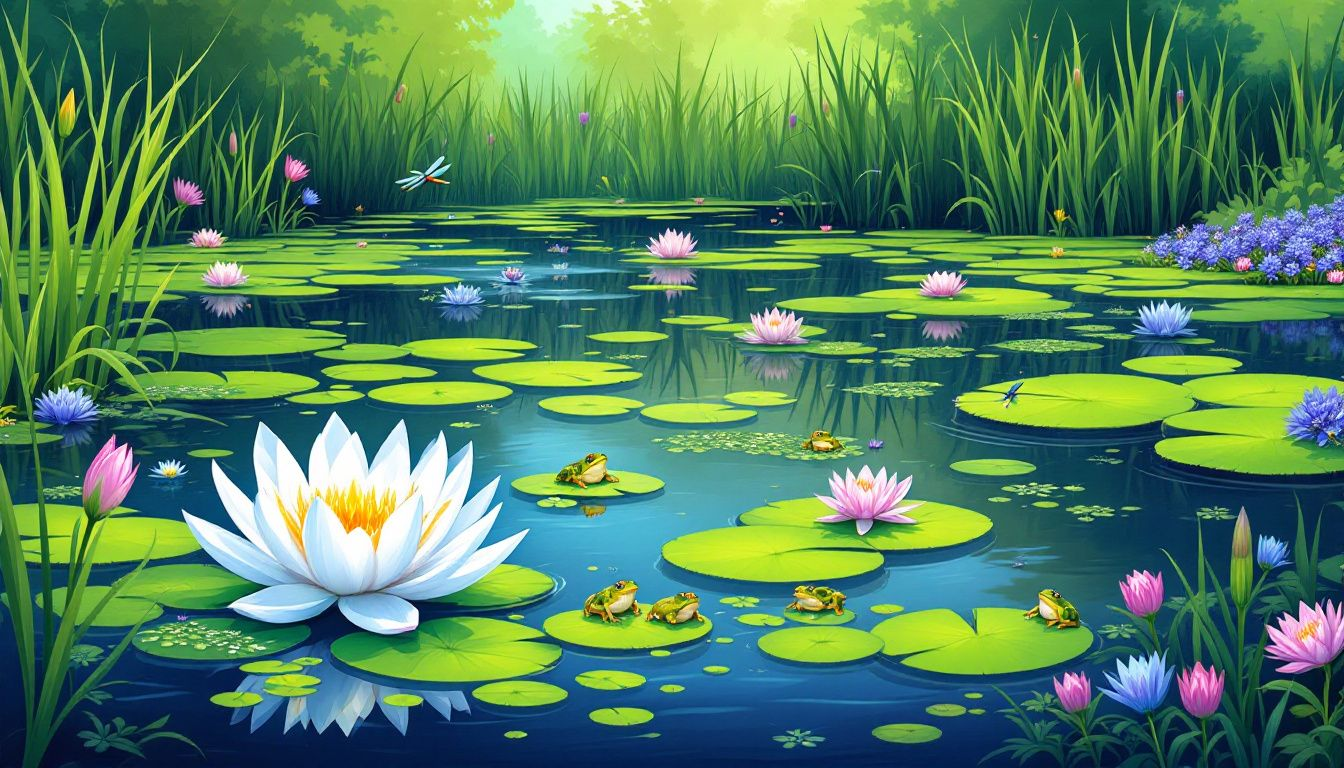
Pond plants are vital for maintaining a healthy pond ecosystem. In spring, add a diverse range of plants to help control algae by competing for nutrients. Add new pond plants from mid-spring to early summer. Oxygenating plants are crucial for maintaining a healthy aquatic environment, and thinning out excessive underwater growth is recommended.
In summer, cut back excess growth and snip off tatty leaves and fading flowers from pond plants and aquatic plants. Thin out excessive growth of underwater oxygenating plants to maintain a balanced ecosystem.
In autumn, pond plants should be pruned and thinned out to prepare for winter. Ensure clear light access to submerged plants in winter, as healthy pond plants promote photosynthesis despite colder temperatures.
Fish Care in All Seasons
Fish care must adapt with the changing seasons to ensure their health and well-being. Limit pond fish feeding in spring to avoid excess nutrients in the pond. Feed fish only what they can consume in five minutes, twice daily. Once water temperatures rise above 10°C, normal feeding can resume.
In winter, limit feeding to once or twice a week with winter-specific feed, as lower temperatures slow fish metabolism, reducing their need for food. Prevent overpopulation by keeping fish density below 10 inches for every 100 gallons of water to avoid waste issues.
High-quality fish food is essential for maintaining fish health and color year-round.
Regular Equipment Checks and Maintenance
Regular maintenance of pond equipment is crucial for the smooth operation of your pond. Here are some guidelines to follow:
Inspect pond equipment for maintenance at least once a month.
Autumn is the best time to check pond equipment for winter readiness.
During winter, periodically check the pump and filtration systems to ensure they are functioning correctly.
Essential components to inspect include pumps, filters, and UV clarifiers. An appropriately sized pond pump that exceeds the pond’s capacity is crucial for maintaining a healthy pond. Additionally, pond pumps play a vital role in this process.
Cleaning and replacing pond equipment parts is important to keep everything working efficiently.
Creating a Balanced Ecosystem
A balanced ecosystem is key to a thriving pond. Ensure proper oxygen levels, manage organic matter, and introduce beneficial bacteria to compete with harmful algae for a healthy pond ecosystem. Thinning out excessive growth of underwater plants helps maintain this balance.
Stop feeding fish during the colder months to avoid uneaten food decomposing and releasing harmful gases into the pond. Regular water quality testing and prompt issue resolution support a balanced ecosystem.
Creating a balanced ecosystem involves thoughtful and consistent care, ensuring your healthy ponds remain a beautiful and thriving aquatic haven year-round.
Summary
Maintaining a healthy pond requires year-round attention and care, with each season bringing its unique tasks and challenges. From spring cleaning and equipment checks to managing summer heat, preparing for winter, and ensuring water quality, every step is crucial for a thriving pond.
By following these seasonal tips and maintaining a balanced ecosystem, you can keep your pond healthy and vibrant throughout the year. Enjoy the beauty and tranquility of your garden pond, knowing that your consistent care makes all the difference.
Frequently Asked Questions
How often should I test my pond water?**?
You should test your pond water for pH, ammonia, and nitrate levels at least every two weeks to maintain a healthy ecosystem. Regular testing is crucial for balanced water chemistry.
What should I do if my pond freezes over in winter?**?
To ensure the health of your fish, use a pond heater or de-icer to prevent the pond from freezing over and maintain essential gas exchange. This will help sustain a healthy aquatic environment during winter.
How can I control algae growth in my pond?**?
To effectively control algae growth in your pond, regularly remove floating weeds and algae, enhance oxygen levels, and introduce beneficial bacteria to outcompete algae for nutrients. Taking these steps will help maintain a healthy balance in your pond ecosystem.
When should I add new pond plants?**?
To effectively control algae and support a balanced ecosystem in your pond, add new plants from mid-spring to early summer. This timing ensures optimal growth and health of the plants.
How do I prepare my pond for winter?**?
To prepare your pond for winter, use a pond net to remove leaves and dead foliage, adjust your fish feeding habits, and ensure all pond equipment is ready for the colder months. These steps will help maintain a healthy environment for your aquatic life.

Frequently Asked Questions
MY POND IS OVERGROWN.
MY POND IS LEAKING – WHAT CAN I DO?
WHY IS MY POND WATER GREEN?
Do I need to have my pumps running all the time?
Why Choose Us
Experience With years of experience in pond maintenance and cleaning, our team has the expertise to handle ponds of all sizes and complexities. We are dedicated to delivering high-quality services tailored to meet the unique needs of each customer.
Professionalism Our team consists of trained professionals who are passionate about pond care. We take pride in our work and strive to exceed our customers’ expectations with every service we provide.
Customized Solutions We understand that every pond is different, and we tailor our services to suit the specific requirements of each customer. Whether you have a small backyard pond or a larger water feature, we have the knowledge and resources to keep it in pristine condition.
Environmentally Friendly Practices We are committed to using eco-friendly products and methods in our pond cleaning services. Our goal is to promote sustainability and preserve the natural balance of your pond ecosystem.
Customer Satisfaction Your satisfaction is our top priority. We work closely with our customers to ensure that their pond maintenance needs are met with professionalism and care. We take the time to listen to your concerns and provide personalized recommendations to help you achieve the pond of your dreams.
Ready to schedule a pond cleaning service with us?
Contact Aqua Pond today to learn more about our services and to book an appointment.
Let us help you create a clean, healthy, and vibrant pond that you can enjoy for years. Thank you for considering Aqua Pond for your pond maintenance needs.
What our Customers Say...
